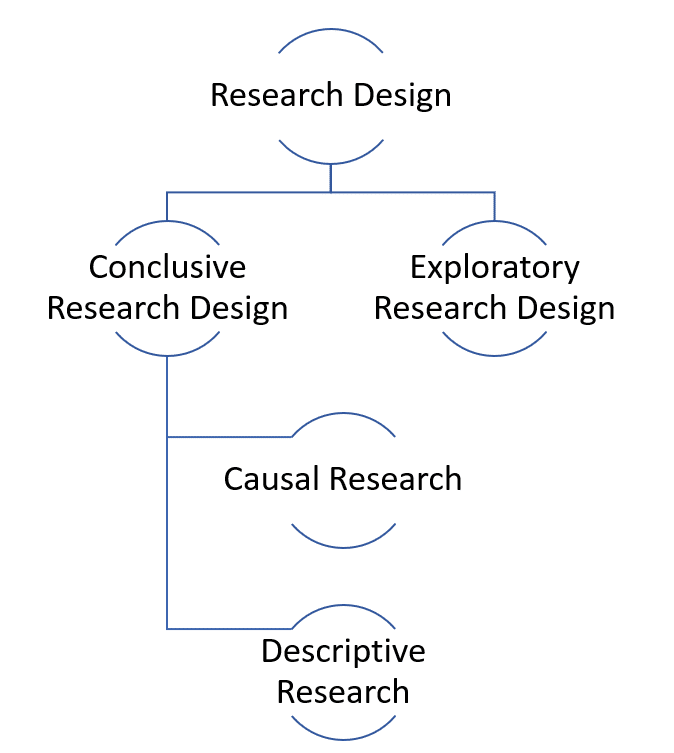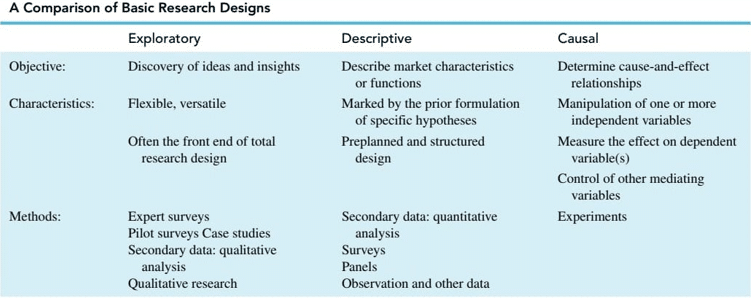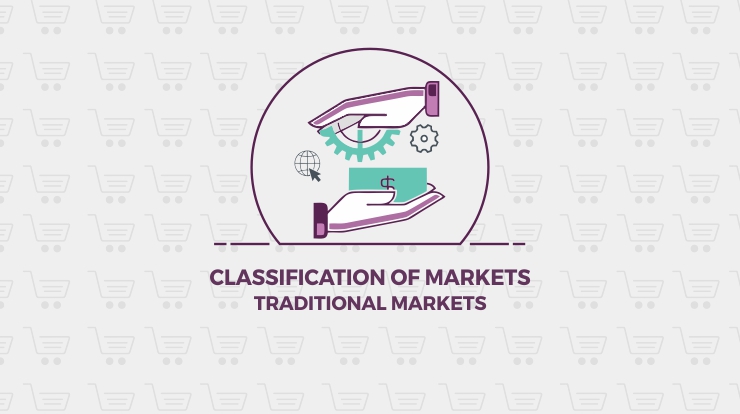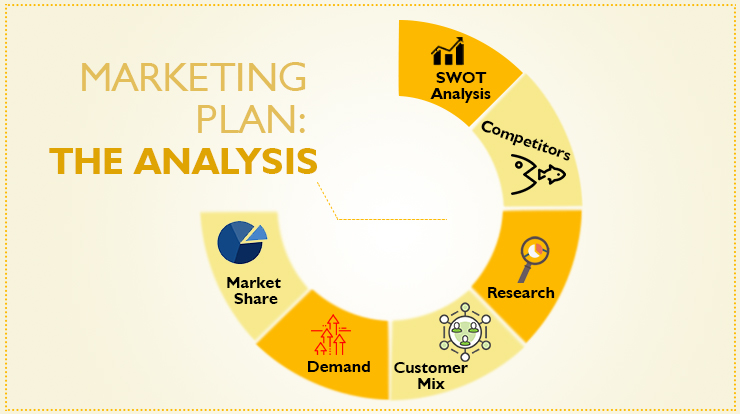
You as marketers must have at one point or other answered a question by saying, "I will conduct a market research and find out". It's so cliché yet the fundamental question is still the same; how do we start market research? What questions to ask? Whom to ask? Which Channels to use? So, I introduce you to your new marketing research best friend- Lo and behold the Exploratory Research in Marketing!
This is a single solution to all your (marketing) problems (again a cliché).
So, less talking and more actions I will start the introduction, and I am quite hopeful, by the end of the article you’ll be a master at solving problems.
What is Exploratory Research in Marketing?

I am not wrong when I say that this research method is all about exploring as the name suggests. But what exactly it is exploring?
It provides a marketer with a deep understanding of the 'problem' at hand. The problem the marketer is trying to find a solution to. Along with it some other variables which might help a marketer in reaching a solution. This is the loose definition of exploratory research in marketing.
Formally, Exploratory research is a type of Research Design which has the prime objective of providing insights into and comprehension of the Problem Situation confronting the researcher.
I know, I have thrown so many complicated terms on your face but don't worry, I will walk you through each one in detail, and I promise by the end of the article you will be an expert yourselves.
Research Design
Don't be fooled by the high and mighty usage of this in our definition; this term is pretty much self-explanatory. Research design is nothing but the design of your research. A blueprint for conducting your research.
When researching you will definitely need a Research design because having a blueprint ensures you are not missing out on anything. It will help you to ensure that the marketing project is conducted efficiently and effectively.
Generally speaking, a Research Design has the following components:
- Define the Information needed
- Design the exploratory, descriptive and/or causal phases of the research
- Specify the measurement and scaling procedures
- Construct and pre-test a questionnaire (interviewing form) or some other appropriate form for data collection
- Specify the sampling process and sample size
- Develop a plan of data analysis
Let's talk in detail about the different phases of the research. These phases determine the kind of research, which will be undertaken.
Classification of Research Design
As we have seen earlier, the research design is either Exploratory or Conclusive in nature. By Exploratory I mean, we are more focused on determining our problem at hand. By conclusive, we test a hypothesis after defining our problem and concluding whether it's right or not.
Let's understand this by taking an example. A company named Rubans is a clothing company manufacturing Cashmere sweaters. They are planning to have a new product line catering to their younger consumers in the age bracket of 25-35 years of age.
The company is entirely clueless about what kind of product will be liked by these consumers, so they decide to conduct marketing research. They will first determine the factors affecting the purchase by this target group. They set and perform internal secondary research.
The findings varied; these consumers wanted a product with the following characteristics- Sustainable, Environment-Friendly, Trendy, Higher- quality, etc. This is an exploratory research example.
After the findings, the company decides to focus on one or two characteristics to ensure that product is well received. They conduct another survey asking the respondents to rank which characteristics will positively affect their purchase decision. This is a conclusive research example.

I will be wrong if I don't go over briefly Descriptive and Causal research in marketing.
So, your descriptive research in marketing as the name suggests is done to define something. This something here is usually market characteristics or functions.
On the other hand, Causal research in marketing is used to obtain evidence of cause-and-effect relationships. This helps establish which variables are independent and dependent and allows marketers provide justifications to their assumptions.
Using Exploratory Research in Marketing
By now, you must have got a fair idea of what is exploratory research in marketing. It's time I tell you about the more interesting facet of the research, where we use exploratory research in marketing.
If you have any of the below purposes, you can go for exploratory research design:
- Unsure about the problem or want to define the problem more precisely
- Identify alternate courses of action
- Develop hypotheses
- Isolate certain variables and their relationships for further examination
- Gain insights for developing an approach to solving the problem
- Establish priorities for further research
So, Exploratory Research in Marketing is your best friend when you are in doubt or basically when you are taking your first steps in researching.
Conducting Exploratory Research in Marketing
As the nature of your best friend is fluid and flexible, so it is your best friend in research-exploratory research, is characterized by flexibility and versatility with respect to exploratory research methods. It rarely involves your structured questionnaires, large samples, and probability sampling plans.

Source: bbc.com
Zara is one of the most successful clothing company which benefits a great deal from the exploratory research in marketing. They ask their experienced researchers to talk to people and gain insights on new product designs or requirements. This helped Zara gain the market share at least costs and making it one of the most profitable companies.
Read More about Zara here: https://www.forbes.com/sites/pamdanziger/2018/04/23/zaras-difference-pull-people-in-not-push-product-out/?sh=4083544123cb
Exploratory research is not only confined to a single approach, but there are various exploratory research methods, and one can significantly benefit from these:
- Survey of Experts: Interviews with marketing experts helps to gain insights and provides exploratory research. Unstructured personal interviews, without a formal questionnaire, is used to conduct the survey of Experts. The experts can be found both inside or outside the firm.
- Pilot Surveys: These surveys tend to be less structured than large-scale surveys. They generally contain more open-ended questions, and the sample size is much smaller.
- Case Studies: It involves an intensive examination of the few selected cases of the phenomenon of interest. The cases could be your customers, stores, firms, or various sources such as markets, websites and so on.
- Secondary data is analyzed quantitatively: A lot of research is based on secondary data generated from external or internal sources. This data is then quantitatively analyzed for various hypothesis to gain insights into the research problem.
- Qualitative Research: It is an unstructured method of research based on small sample size and utilizes techniques like focus groups (group interviews), word association (asking respondents to indicate their first responses to stimulus words), and depth-interviews (one on one interview that probe the respondent's thoughts in detail).
Relationships Among Exploratory, Descriptive, and Causal Research
When you will be researching and will be out there, you will realize that these research methods are not absolute. You might have to use two or more of these research designs to have valuable insight.

It's time I tell you about how to conduct your Market Research effectively by employing these different research methods. Whenever you are researching, keep this general guideline in your mind:
- When you know little about the problem, it is better to start with exploratory research. It will define your problem more precisely, along with an alternative course of actions. It also helps in defining the research questions, hypothesis and identify key variables.
- In most cases, exploratory research in marketing is followed by descriptive and/or causal research. This is because descriptive research in marketing will help you statistically test your hypothesis, and causal research in marketing will help establish the critical variables cause and effect.
- Not all problems begin with exploratory research as in case of a customer satisfaction survey; you might need to conduct exploratory research every quarter.
- Generally, exploratory is the first step in research. Still, sometimes exploratory research is conducted after the descriptive or causal research to determine the statistical findings from these surveys.
These relationships among the research methods establish that research methods should not be isolated from one another.
Conclusion
I have tried to explain the exploratory research in marketing and conduct it yourself to answer some of the most challenging questions. We learnt that:
- Exploratory research is a type of Research design that has the prime objective of providing insights into and comprehending the problem situation confronting the researcher.
- Research design is nothing but the design of your research, a blueprint for conducting your research.
- Exploratory research in marketing is employed when you know little about the problem. It defines your problem more precisely along with an alternative course of actions. It also helps in defining the research questions, hypothesis and identify key variables.
- Exploratory research is also done in conjugation with other research methods like Descriptive and Casual research. These methods can't be isolated from each other, and when used together, a marketer can yield better results.







